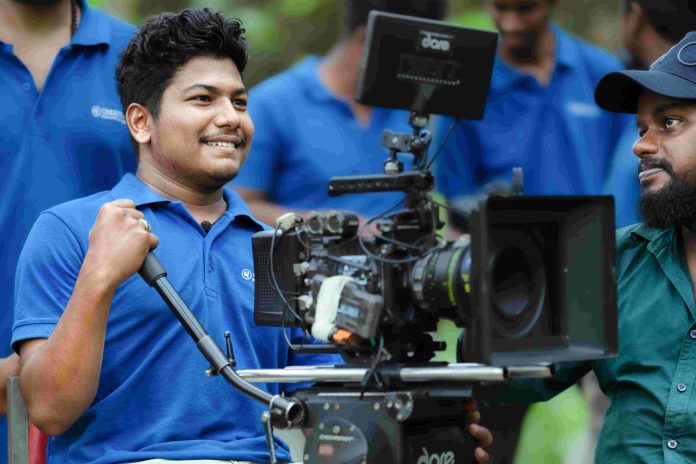A slight blur of the action or freezing the time in your picture can help convey a message. This story element makes the visuals less static and more unpredictable.
The goal of motion photography is to depict movement. A photograph captures a specific moment in our lives, precisely framing it and resisting the passage of time. Motion photography breaks some of the conventional conventions, and if you don’t understand the fundamentals of capturing motion, you will lose the moment in the blink of an eye. Instead of preserving a moment, we sometimes want to display the movement that we seek as an afterthought in static images. The narrative aspect adds to the attraction of images depicting motion. Since a little information can go a long way, we’ll go over some fundamentals of capturing motion in photography as well as some easy recommendations to help you make the proper decisions.
Blurring Lines
A slight blur of the action or freezing the time in your picture can help convey a message. This story element makes the visuals less static and more unpredictable. Another reason why showing movement stands out is that it generates a mood, not only for the one who is taking the photo but also for the one who sees the photographs. It is said that photography is a superpower, and it can pause time. This type of motion photograph you are going to see in this chapter is the perfect example for it. This chapter “Flow of time”, deals with different methods of motion photography such as water splash, spinning ball, panning etc.

Spiral: Freezing of a revolving sphere

Bluish Spill: A spill of water sprinkles

Splashing: The moment became frozen

Dolphin: A dolphin splashing in the water
Copyrights:
All the photos and text in this post are the copyright of Vishnu Prakash and Creative Hut Institute of Photography and Film. Their reproduction, full or part, is forbidden without the explicit approval of the rightful owners.


